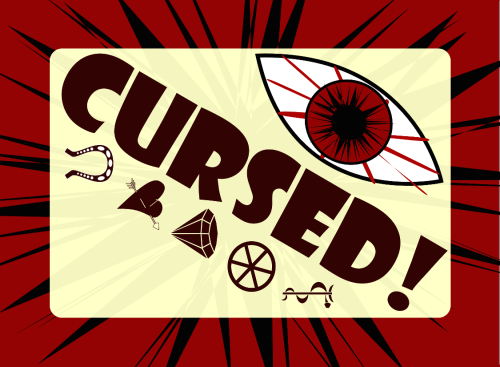Fast Setup Deckbuilders: LotR and DC Comics
We recently played two games I would classify as fast-setup deck builders: The Lord of the Rings: The Fellowship of the Ring Deck Building Game (isn’t that a mouthful?) and DC Comics Deck Building Game. Now, you know a game mechanic has made the big time when big franchises come out using the mechanic AND feel the need to put it in the title of the game. We don’t usually review or play mass-market games, but these were on sale and we’ve been wanting to learn more about deck builders, so we gave them a try.
Commonalities
Both games have a really fast setup (small starting deck, small villains deck, everything else essentially goes in a big pile). This seems to be the emerging standard for deck builders of less-than-intricate complexity. We like that you can jump in and get playing quickly, but it means you are playing the same game each time, unlike Dominion or Trains where the mix of cards available for purchase can change how the game unfolds.
There was an attempt at theme tie-in in each game, but it was aimed more at the casually interested than at hard-core fans of the properties. For instance, it really irked me that I could sometimes play Pippin multiple times in a single hand; he’s a unique character.
Locations cards are a welcome addition to deck-builders and they worked about the same in DC and LotR. That bit of predictability in your resources and actions is a great boon sometimes, but there wasn’t a lot of strategy involved in whether or not to pick them up (the answer was almost always yes). Star Realms does a better job designing location cards (bases and outposts in SR-speak) that you need to be strategic about acquiring. Part of that may be due to their relative abundance as compared to LotR and DC Comics.
The biggest flaw in both games was a runaway leader effect when it came to conquering the special villains. These cards are difficult to obtain and have effects much more powerful than the other cards in the game. As such, only a strong player can get them and they make that player’s hand even stronger. Especially in two player games, this positive feedback effect is unbalancing.
The end game was the same as most deck builders: count up your victory points. Unlike more traditional deck builders, there are no VP-specific cards; anything can be worth victory points and that becomes part of the decision in purchasing (you can optimize by buying useful actions with high point values). We’re really glad that games like Star Realms are trying to figure ways around this part of the game. Embedding the VPs into the decks makes it extremely difficult to determine who is ahead and it adds substantial lag to the end of the game (which could be better used for setting up another game).
DC Comics
The differentiating mechanic in DC Comics is that each player’s hero confers a different and ongoing bonus. This is especially helpful to new players, as it gives them something to focus on instead of buying cards purely at random until you learn the breadth of possibilities.
Lord of the Rings
Each player in the LotR deck builder also chooses a special hero, but all that does is give you a particular card to put in your deck (and the cards thus conferred aren’t particularly interesting). There is also a little more structure to the building of the villain deck, but otherwise no major differences outside of the artwork.
The Beer Rating
Both of these games rate an American Lager. They start from a decent tradition, but the publisher (Cryptozoic Entertainment) has commoditized deck building games: despite the differences in theme, they are all similar and have a watered-down aspect that won’t please the true fan of either the mechanic or the thematic inspiration.

Leave a Reply